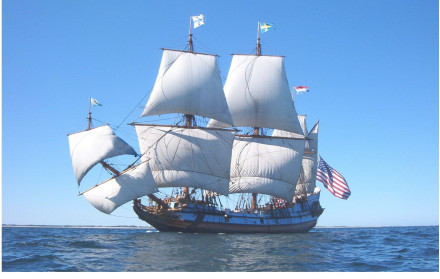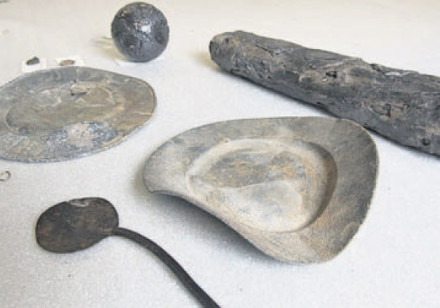History
The wreck was discovered in 1984 by fishers in the North Sea just west of the island of Texel. Commercial salvage of the wreck was considered. However, archaeologists convinced authorities to perform a scientific excavation instead. In 1985 it was decided to excavate the wreck. Aanloop Molengat was the first underwater excavation in the Netherlands and ran from 1985 to 1999.
Discussion of whether the wreck should be considered an economic asset or cultural heritage made it possible to change the Monument Act in the Netherlands, leading to the incorporation of maritime heritage into the Monument Act in 1988.
Description
The wreck was a big merchant vessel with part of the inorganic cargo preserved and an armament of eleven cannons. The wood for the ship came from Westphalia (Germany). The ship was probably built in Holland after 1626, based on the felling date of a wood sample. Lead seals were dated 1635, indicating that the ship sank after 1635.

Cargo
The cargo consisted of many things, probably derived from Amsterdam, and seems to have been intended for war production. The cargo included:
- Half products and raw materials like cow hides, metal, and lead cannonballs shipped in wooden crates were among the finds.
- Part of the cargo was wool/textiles of which only the lead seals were preserved.
- Seals inscribed with the year 1635.

| Length | 105 feet (32 m) |
|---|---|
| Width | 26 ¼ feet (8 m) |
Status
The wreck at Aanloop Molengat was excavated between 1985 and 1999. Part of the keel and bottom are preserved.
References
- Maarleveld, Thijs J.
Early Modern Merchant Ships, Nicolaes Witsen and a Dutch-Flush Index.